It’s easy to mix up acupuncture and dry needling—they both involve tiny needles placed in various parts of your body. But what sets them apart? Let’s unravel the distinctions between the two.
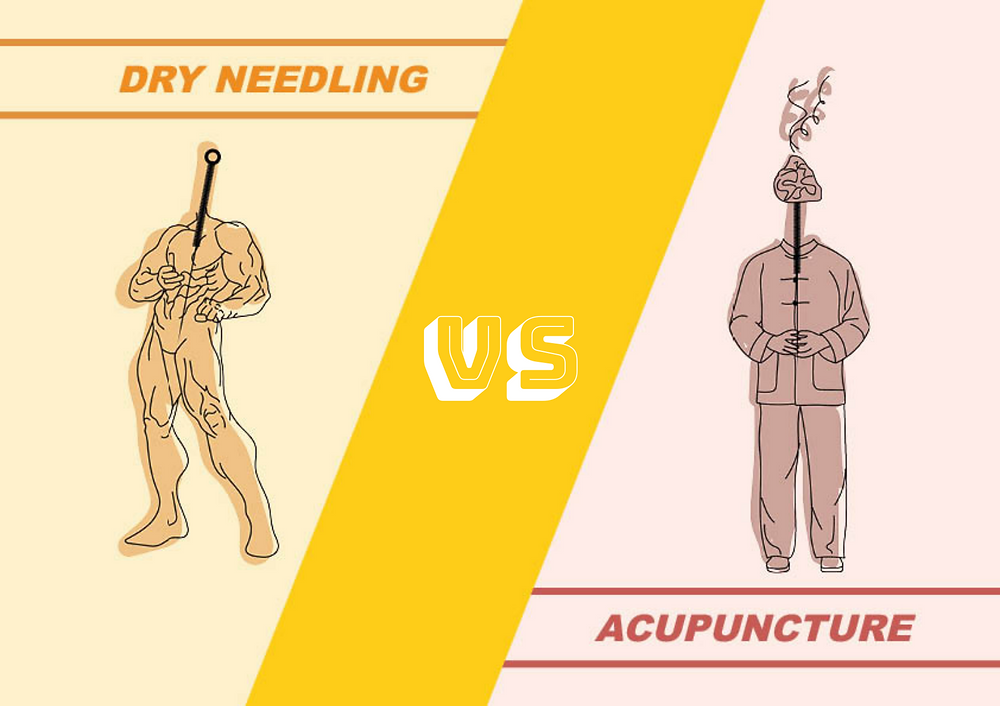
Acupuncture
Acupuncture, rooted in traditional Chinese medicine dating back over 3000 years, has gained popularity in the US in recent decades. This practice focuses on pain relief, stress management, and overall wellness. Acupuncturists aim to balance the flow of energy, known as chi or qi, which traverses specific pathways called meridians in your body. The needles act as conduits to help restore this energy balance.
During an acupuncture session, the practitioner typically uses 5 to 20 needles placed along mapped-out meridians. The treatment lasts around 20 to 30 minutes, tailored based on your condition and symptoms. By targeting specific points, acupuncture aims to regulate chi flow, alleviate pain, and enhance overall well-being.
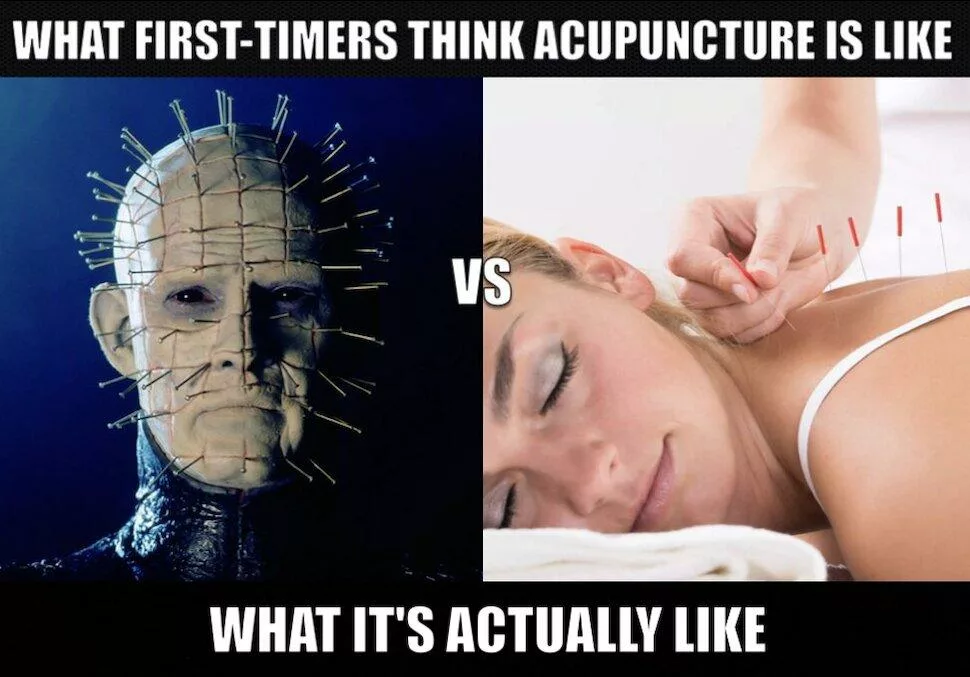
Dry Needling
In contrast, dry needling emerged in the 1980s and has since become popular among physical therapists. While it shares the use of thin needles with acupuncture, its focus is distinct. Dry needling targets the musculoskeletal and neuromuscular systems.
The practice operates on three key theories:
- Trigger Point Theory
- Nervous System Modulation
- Microtrauma
The Trigger Point Theory
A Myofascial trigger point—quite a term, isn’t it? “Myo” from Latin for muscle, and “fascia” referring to bands. When combined, they signify the location of these trigger points—within the connective tissue enveloping your muscles. Trigger points are those tight, sensitive areas. Ever complained about a muscle knot? That’s a trigger point! Here’s the tricky part though. These trigger points can often send pain signals to other parts of your body, affecting areas far from where the issue originates, creating illusions on which stucture is actually producing the pain.
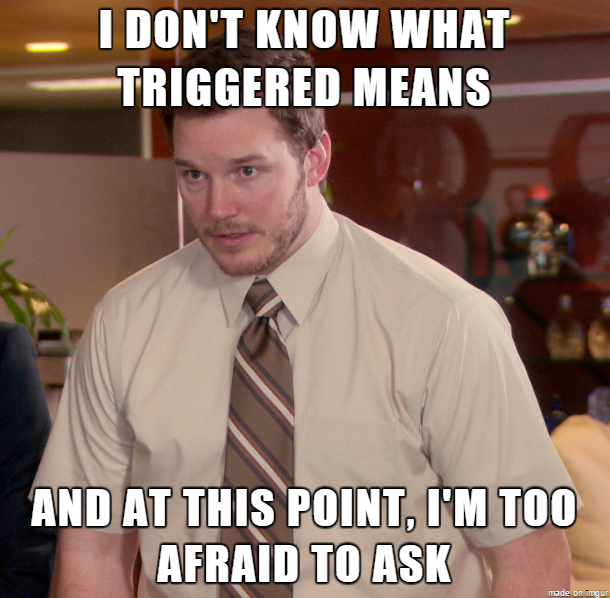
Trigger points typically come about from poor movement patterns, overuse, or injury. When a needle is inserted into a trigger point, it kick-starts a series of reactions. Blood rushes to the area, nerves get stimulated, and there’s a release of endorphins, along with tension. Sometimes, the needle’s maneuvering prompts a local twitch response (LTR), indicating that we’ve hit the mark. While not always necessary, LTRs are like little confirmations that we’re heading in the right direction.
Nervous System Moduation
Dry needling also affects the nervous system, both locally and centrally, creating a balance at the trigger point site. This balance decreases sensitization to pain, both in the central nervous system (brain and spinal cord) and the peripheral nervous system. Through the activation of specific proteins and neurotransmitters, dry needling disrupts the pain signals traveling between the body and the brain—a phenomenon often linked to the Gate Control Theory of Pain.
The nervous system, however, remains a labyrinth of mystery for many scientists. While we can’t fully explain how dry needling influences it, we’re certain it plays a pivotal role in pain reduction. Placebo effects may also contribute to pain relief, adding another layer to the complexity of pain management.
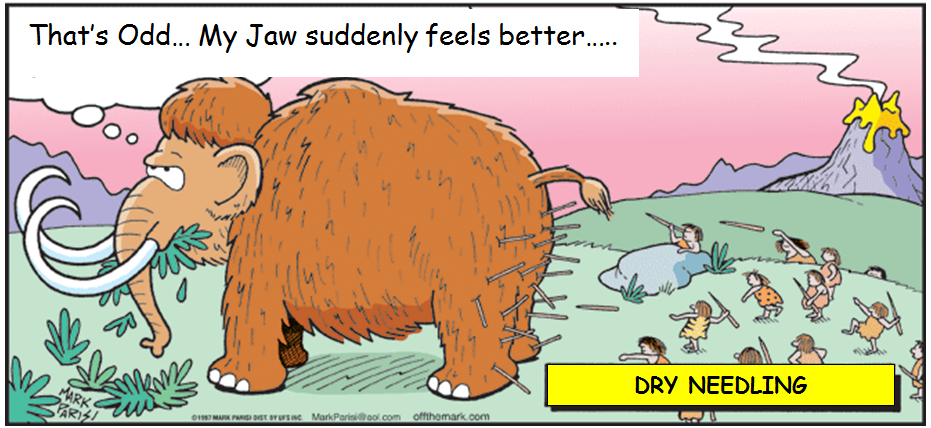
Microtrauma
Lastly, let’s talk about microtrauma. Similar to how we strengthen muscles through controlled stress, inserting a thin needle creates microtrauma in muscle tissue. Trigger points and other muscle areas can become dormant and dysfunctional over time. By stimulating these areas with a needle, we draw attention to them, prompting the body to initiate its healing processes.
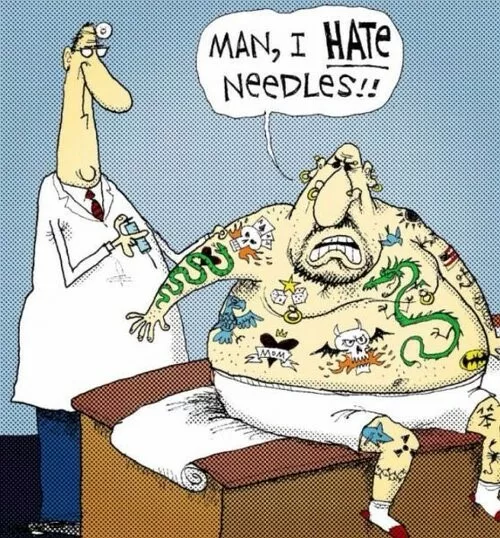
So, does it hurt?
Pain levels vary, but discomfort is usually minimal. The needles used in dry needling are thinner and non-hollow compared to medical injection needles. While some may experience a brief prick or ache, the overall sensation is manageable. The resulting soreness is most often described as sorness or an ache, but many don’t feel sore at all!
At The Charlotte Athlete, we prioritize addressing the root cause of pain. While dry needling doesn’t directly tackle underlying issues, it can effectively reduce pain and accelerate healing, facilitating better movement and recovery.
Interested in dry needling? Whether you’re in Charlotte or elsewhere, we’re here to support your journey to a pain-free life. CLICK HERE to start your pain relief journey or email us at [email protected]!
Thanks for reading,
Dr. Marissa

